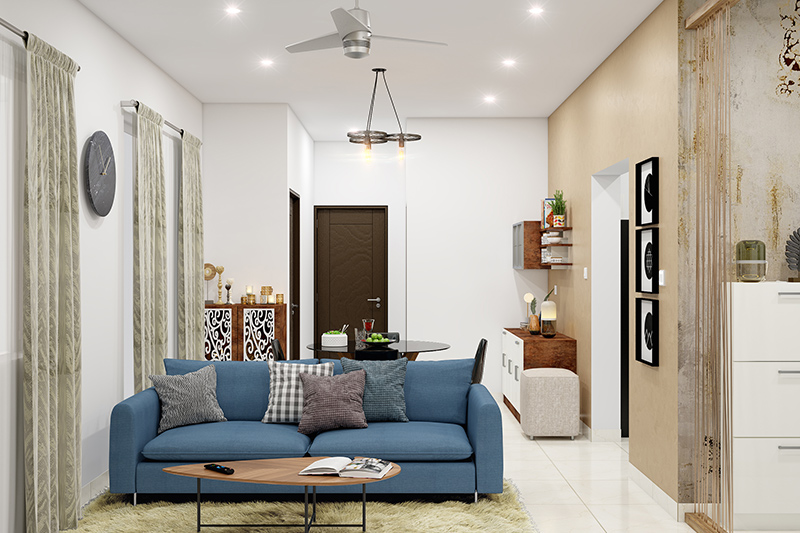The master bedroom serves as a sanctuary within the home, a haven for relaxation and rejuvenation. Beyond aesthetics, the size and functionality of this personal space significantly impact your comfort and well-being. While the internet abounds with references to “average” master bedroom dimensions, understanding the nuances behind these numbers empowers you to find the perfect fit for your needs and lifestyle.
Demystifying Bedroom Dimensions: Standard vs. Average
Before diving into master bedroom sizes, it’s crucial to differentiate between standard and average dimensions:
-
Standard Sizes: These are predetermined measurements often used by architects and builders as a baseline for designing floor plans. Standard bedroom sizes vary depending on the type of bedroom (master, guest, child’s) and may differ slightly between building codes and regional preferences.
-
Average Sizes: These represent the typical square footage of a particular type of bedroom found in existing homes. Averages are derived from data collected from a sample of homes and can fluctuate based on construction era, regional trends, and architectural styles.
It’s important to remember that “average” doesn’t equate to “ideal.” The perfect master bedroom size hinges on your individual needs and aspirations for the space.
Beyond Square Footage: Optimizing Your Master Bedroom Space
While square footage is a significant factor, optimizing your master bedroom space extends beyond mere dimensions. Here’s how to maximize functionality and create a comfortable retreat:
-
Prioritizing Functionality and Traffic Flow: Consider how you’ll utilize the space. Ensure ample room for furniture placement while maintaining easy access to closets, windows, and the bathroom door.
-
Employing Space-Saving Design Strategies: Strategic placement of furniture can create the illusion of more space. Utilize wall-mounted shelving and headboards with integrated storage compartments. Consider sliding doors for closets to eliminate the swing radius of a traditional door.
-
Embracing Multifunctional Furniture: Incorporate furniture that serves multiple purposes. Opt for a storage ottoman at the foot of the bed or a vanity desk with built-in drawers. This helps reduce clutter and maximize available floor space.
Accommodating Your Needs: Master Bedroom Sizes for Different Lifestyles
There’s no one-size-fits-all solution when it comes to master bedroom dimensions. Here are some factors to consider when envisioning your ideal space:
-
Considering Couple vs. Single Occupancy: A master bedroom intended for a couple might require more square footage to comfortably accommodate a king-sized bed, two nightstands, and dressers. For singles, a smaller master bedroom might suffice, especially if combined with strategic storage solutions.
-
Integrating a Home Office Nook or Nursery: If you envision incorporating a dedicated work area or nursery within your master bedroom, additional square footage becomes crucial. Consider installing space-saving partitions or utilizing built-in furniture to define designated areas without sacrificing a sense of openness.
-
Envisioning a Luxurious Retreat with Amenities: For those who desire a truly luxurious master bedroom retreat, additional square footage might be necessary to accommodate a spa-like bathroom, a walk-in closet, or a cozy reading nook.
Remember: When considering the size of your master bedroom, factor in not just the permanent furniture but also the space you’ll need for activities you enjoy in your personal sanctuary.
Rethinking the “Average” Master Bedroom: Prioritizing Comfort and Functionality
The concept of an “average” master bedroom size serves as a starting point, not a definitive answer. Understanding the nuances between standard and average dimensions, coupled with strategies to maximize space utilization, empowers you to create a master bedroom that perfectly aligns with your lifestyle and aspirations.
When designing or renovating your master bedroom, prioritize both comfort and functionality. Consider your daily routines, desired amenities, and the overall ambiance you wish to cultivate.
-
Comfort: Your master bedroom should be a haven of relaxation. Ensure ample space for restful sleep and activities you find soothing.
-
Functionality: The space should cater to your needs. If you require a home office nook or a dedicated reading area, factor in the necessary square footage to accommodate these functions comfortably.
By prioritizing these aspects and employing creative space-saving strategies, you can transform your master bedroom, regardless of its square footage, into a personal oasis that reflects your unique style and fosters a sense of well-being.
Additional Considerations:
-
Regional Variations: Average master bedroom sizes can fluctuate depending on your geographic location. Homes in newer developments tend to have larger bedrooms compared to older homes. Research average bedroom sizes in your specific region to gain a more accurate picture.
-
Architectural Style: Certain architectural styles, particularly open-concept designs, might incorporate larger master bedrooms that flow seamlessly into bathrooms or walk-in closets. Conversely, traditional homes might have smaller master bedrooms with distinct bathroom and closet spaces.
-
Considering Future Needs: If you plan to be in your home long-term, think about potential future needs. Will you require a larger space to accommodate growing children or aging parents who might need to move in with you? Factoring in potential future uses can guide your decision on the ideal master bedroom size.
Conclusion:
Finding the perfect master bedroom size isn’t about chasing an arbitrary number. It’s about discovering a space that perfectly aligns with your lifestyle and aspirations. By understanding the nuances of bedroom dimensions, embracing space-saving strategies, and prioritizing both comfort and functionality, you can transform your master bedroom into a haven of rest, relaxation, and personal expression. So, step into your master bedroom and envision the ideal sanctuary you desire. With careful planning and a touch of creativity, you can bring your vision to life and create your perfect fit.




